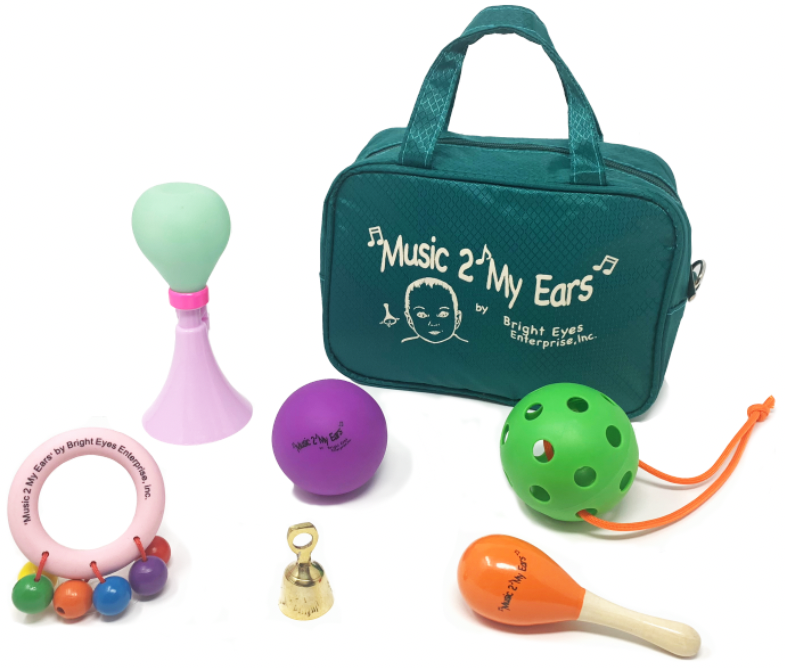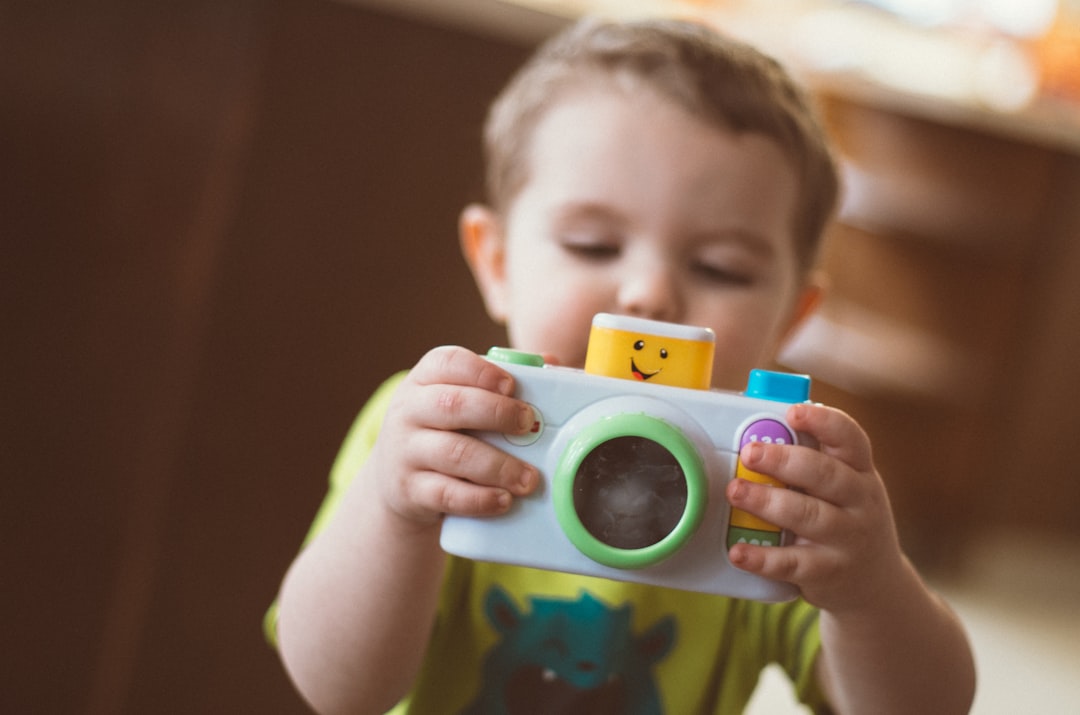One ear sufficiently passing is a pass on this screening. The intensity of the sound may not allow for differentiation between ears. Pass indicates no severe hearing loss. It does NOT ensure there is not a a mild to moderate hearing loss under 50 to 60 dB. Mark your observation on the Score Card.





